Whether in fiction or history, women have often gotten a bad rap for being fickle. But it may just be evolution. A landmark meta-analysis suggests that ovulating women have evolved to prefer mates who display ‘sexy traits’ (think muscular build, dominant behavior, symmetrical facial features). UCLA psychologist Martie Haselton, who is one of a handful of pioneers in research on behavioral changes at ovulation, explains that sexy traits are not typically desired in long-term mates.
“Women who were partnered with men, who at one point in the study they rated them as very satisfying long-term partners, but not the sexiest guys around – those women experienced increases in attraction to men other than their partner on fertile days of the cycle. So, it’s as if women on fertile days place a premium on male partners’ sexiness and if their male partner isn’t sexy, then women start to notice other men.”
While these findings may seem depressing, Haselton argues that just understanding this can help couples improve their relationships when in conflict.
“Once you understand how your mind works, what the mechanisms are that might otherwise be passing under the radar of conscious awareness, you can ‘mind hack’ and do things to achieve whatever your goals are – so, to maintain a happy relationship with your partner, or maybe it’s to have a wild sex life, but whatever it is, if women understand that there are these patterned changes across the cycle, then they can probably make better sexual decisions.”
The mere notion that a woman’s mate preferences could shift at high fertility has been a source of debate since the late 1990s, when the first studies that hinted at such a change began to appear. Since then, several papers failed to replicate the early studies’ results, casting doubt on the hypothesis.
“Until the past decade, we all accepted this notion that human female sexuality was radically different from sexuality in all of these other animal species – that, unlike other species, human female sexuality was somehow walled off from reproductive hormones. Then a set of studies challenged conventional wisdom.”
One hypothesis for why this mate preference shift occurs is that it may be an evolutionary adaptation that served our ancestors’ reproductive interests long before modern medicine, nutrition and sanitation greatly reduced infant and child mortality rates.

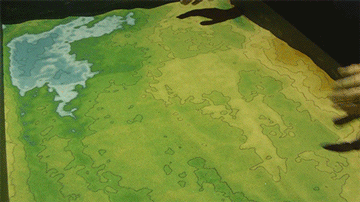
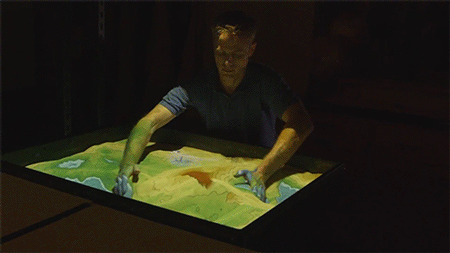

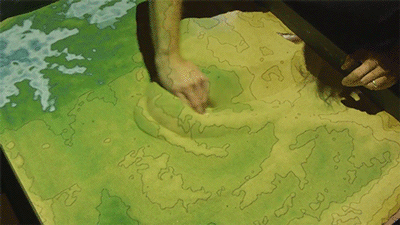
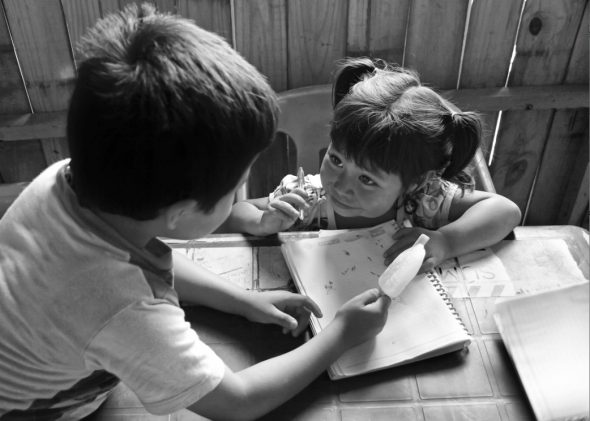

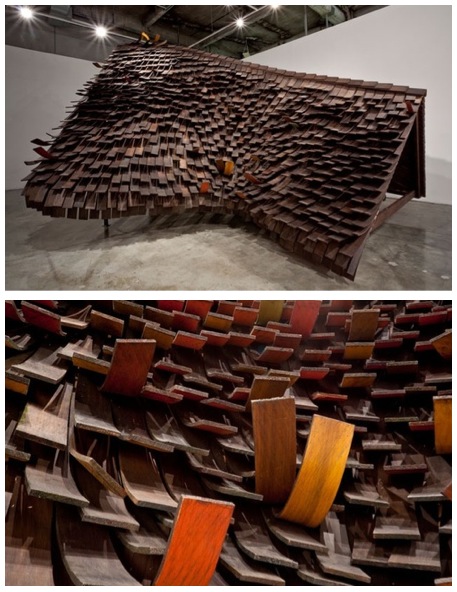
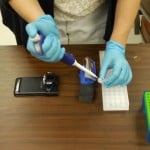 UCLA scientists have developed a cell phone attachment that acts as a microscope and detects pathogens such as E.coli, which contaminates food and drinking water.
UCLA scientists have developed a cell phone attachment that acts as a microscope and detects pathogens such as E.coli, which contaminates food and drinking water.